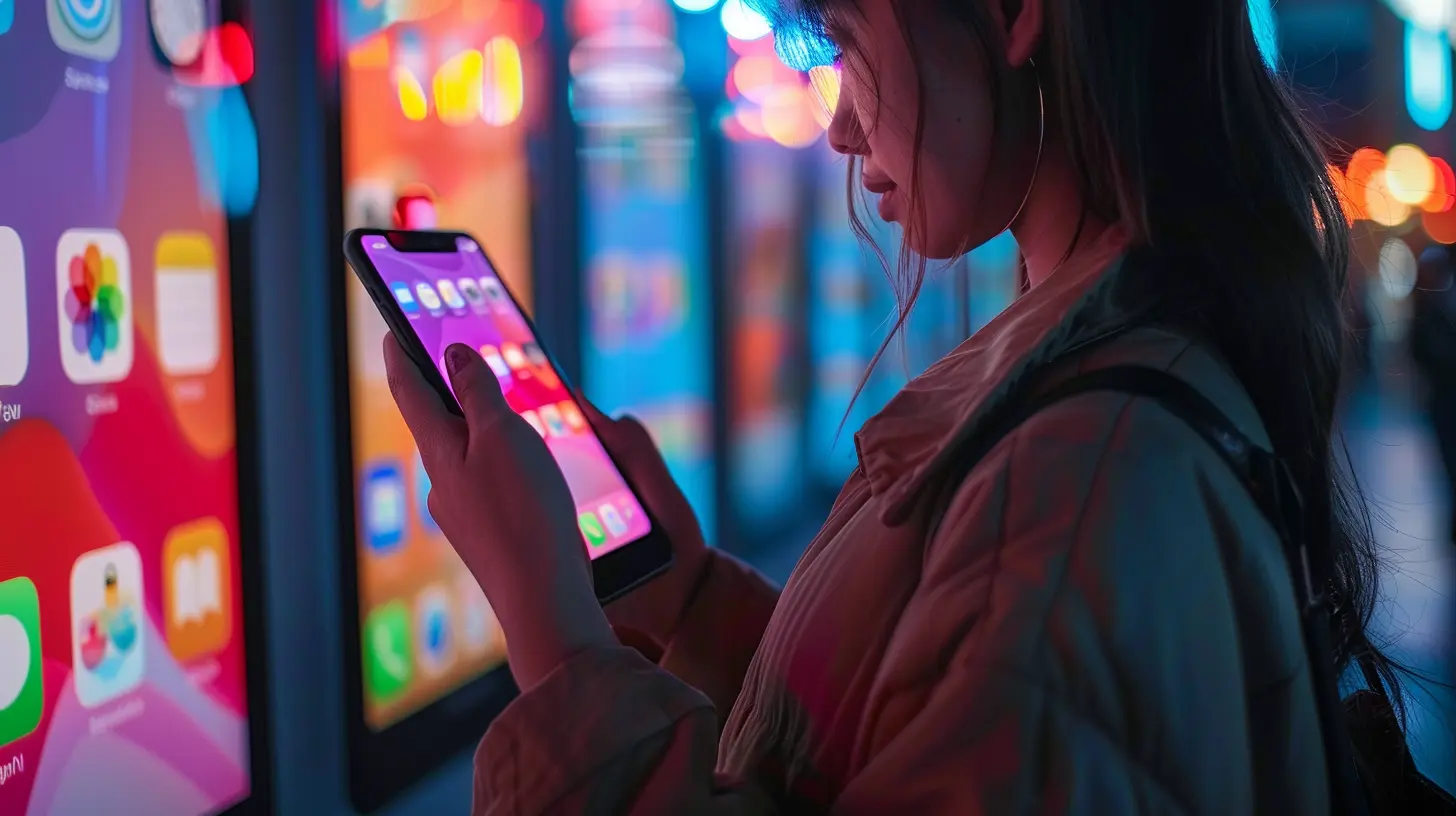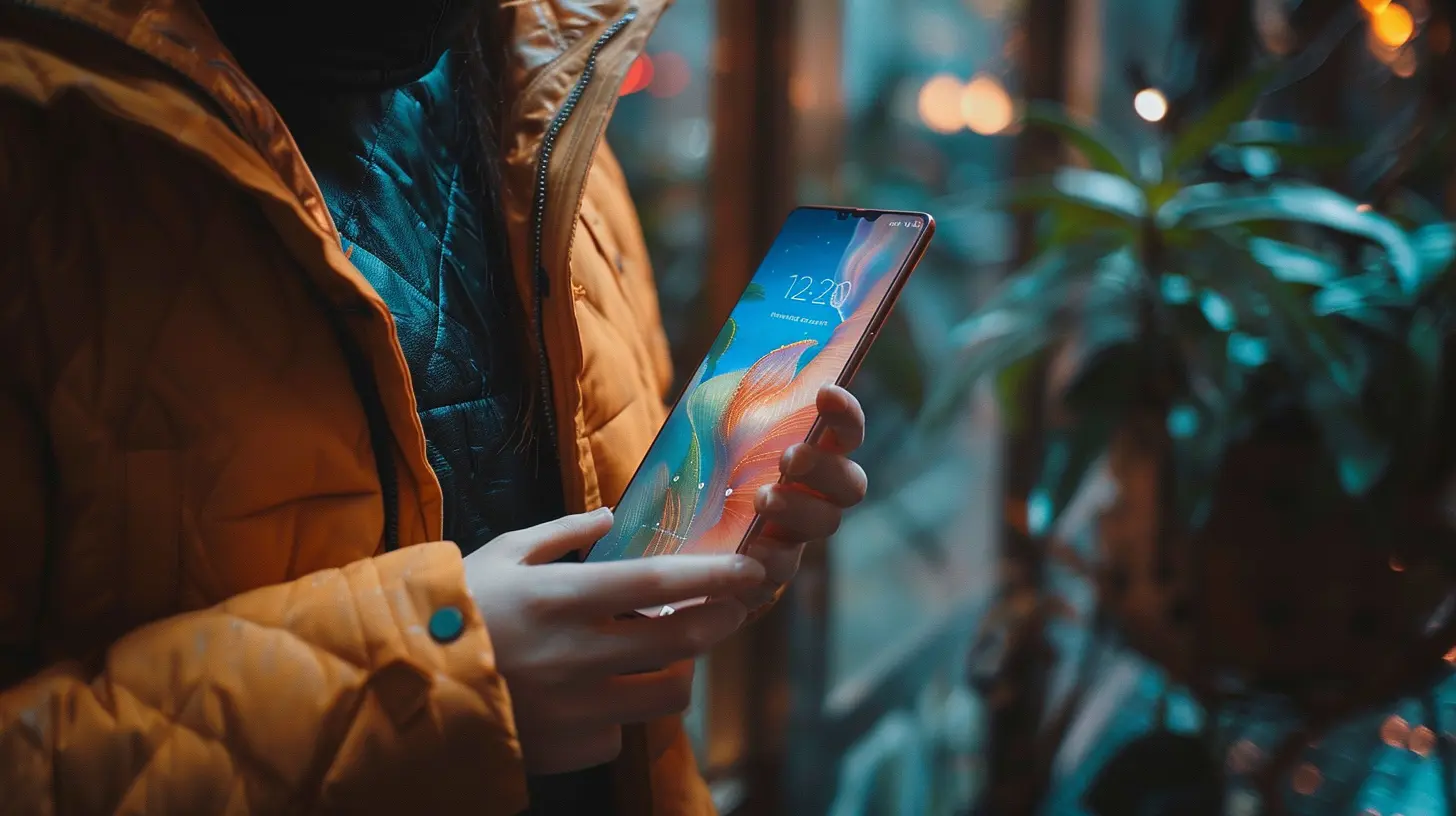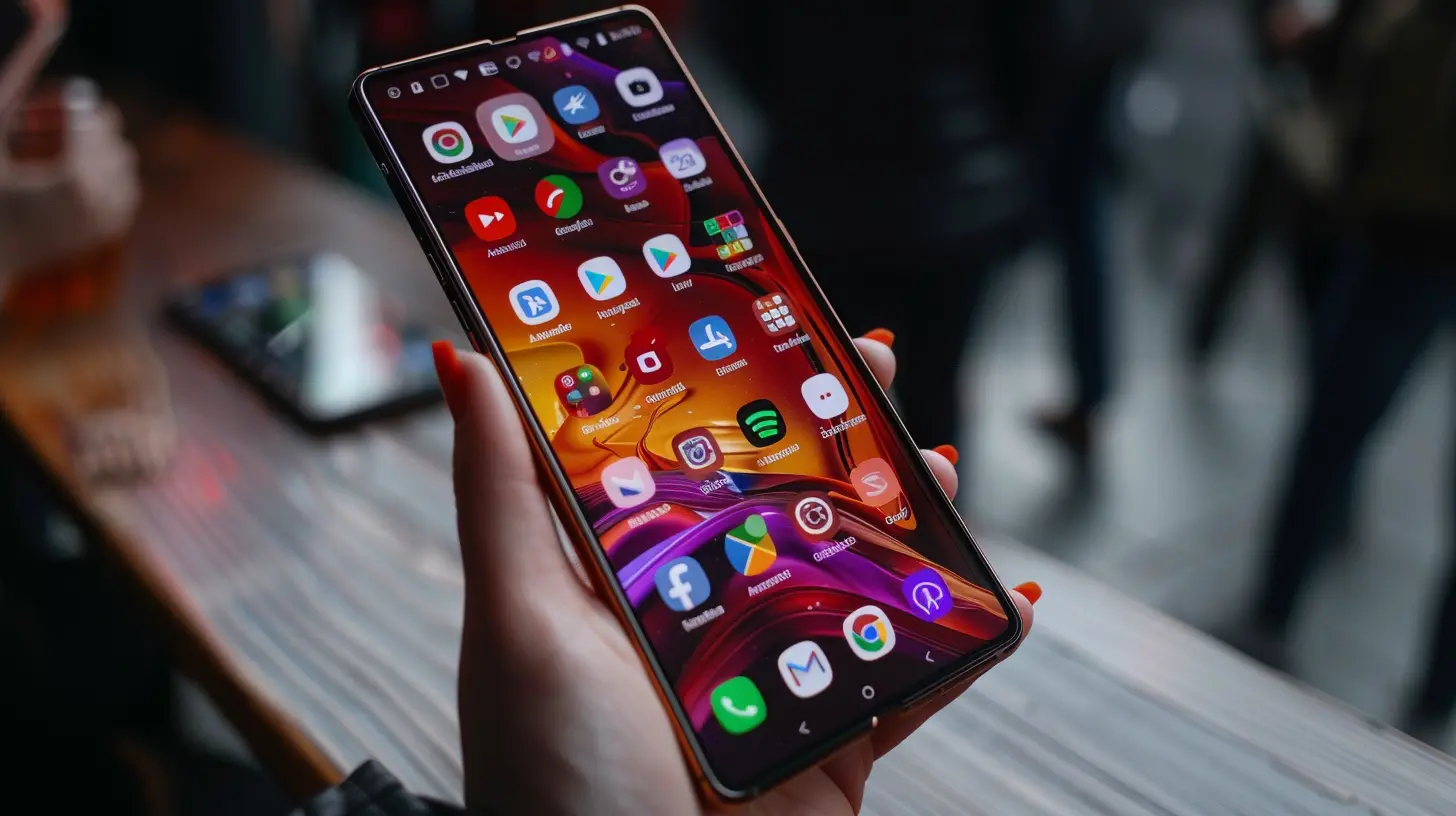Foldable Phones: Revolution or Gimmick?
28 July 2025
Let’s be honest – when foldable phones first hit the market, a lot of us raised an eyebrow. Were they just a flashy novelty? Another tech trend that would fizzle out like 3D TVs or Google Glass? Or are we witnessing a true revolution in smartphone design?
Well, fasten your seatbelt because we’re diving deep into foldable phones. Are they worth the hype, or just an expensive flex?

What Are Foldable Phones, Anyway?
Alright, let’s start at the beginning. Foldable phones are smartphones with flexible displays that allow the device to bend or fold—think of it as your phone doing yoga. These devices usually come in two main styles:- Book-style foldables (like the Samsung Galaxy Z Fold) that open up like a mini tablet.
- Clamshell-style foldables (like the Galaxy Z Flip or Motorola Razr) that fold down to become ultra-pocketable.
Instead of carrying a phone and a tablet, you get both in one slick package. Sounds pretty awesome, right? But as always, there’s more to the story.

The Evolution of Foldable Tech
Foldable phones didn’t just pop up overnight. Their journey has been a rollercoaster of innovation, trial and error, and a whole lot of broken screens in the early days.Remember the awkward start of the Samsung Galaxy Fold back in 2019? It had major durability issues. Screens cracked, hinges collected dust, and people were unimpressed. Fast forward a few years, Samsung, Huawei, Oppo, and Motorola have all stepped up their game. The newer models are sturdier, sleeker, and way more practical.
And spoiler alert: it’s not just about the gimmick anymore. These phones are becoming better with each release.

What Makes Foldables So Tempting?
Let’s get into why people are excited about foldable phones. What’s the big deal? Why would you ditch your trusty flat phone for something that flips and folds?1. Multitasking Just Got a Glow-Up
Imagine replying to emails, watching YouTube, and scrolling through Twitter—all at once. That’s the kind of real estate a foldable phone offers. When unfolded, these devices become compact tablets that let you run multiple apps side by side.No more constantly switching between apps. No more squinting at tiny screens. Productivity just hit a new level.
2. Bigger Display, Pocket-Friendly Size
This one’s a game-changer. With most traditional phones pushing 6.7-inch displays, they’re getting harder to carry around. Foldables give you that big screen experience while still fitting in your jeans pocket. It’s like carrying a mini tablet that folds into half its size.Talk about the best of both worlds.
3. Futuristic Appeal
Let’s be real here—foldables look super cool. Flip your phone open like a Star Trek communicator and tell me you don’t feel like you're in the future. It’s not just about functionality—there’s a certain “wow” factor that comes with using a phone that can fold in half.4. Improved User Experience
Manufacturers are going the extra mile to optimize software for foldables. Samsung’s One UI and Huawei’s EMUI, for instance, adapt apps and layouts based on the screen’s position. Some apps even offer exclusive features on foldables, making them feel like a whole new category of device.
What Are the Downsides?
Alright, now we’re not here to sugarcoat everything. Foldable phones are not perfect, and they aren’t for everyone. Let’s talk about what’s holding them back right now.1. Price Tag That'll Make You Gasp
Let’s not beat around the bush—foldable phones are crazy expensive. The Samsung Galaxy Z Fold 5? Around $1800. That’s a serious investment, especially when you could get a flagship phone and a tablet for less money. Until prices come down, foldables might remain a luxury for early adopters.2. Durability Concerns
Even though newer models are more durable than their glitchy ancestors, foldables still raise questions about longevity. The flexible screen is more delicate than traditional glass, and hinges are prone to wear and tear over time.If you’re someone who tends to drop your phone every other week, a foldable might not be your best friend.
3. App Compatibility
Not all apps are optimized for foldable screens yet. Some stretch awkwardly, some restart when you unfold your phone, and some just don’t take full advantage of the form factor. Developers are catching up, but there's still work to be done.Are Foldables the Future?
Here’s the million-dollar question—are foldable phones going to become the new standard, or are they destined to be a niche product?Let’s weigh the scales.
The Case for Revolution
Technology evolves in weird and wonderful ways. Remember when we balked at big-screen phones? Now anything under 6 inches feels tiny. Foldables just might represent the next big leap.Here’s why foldables have serious potential:
- Innovation drives better products: As more brands jump in, competition will push foldables to improve faster.
- Prices will drop over time: Just like 4K TVs and smartwatches, foldables will eventually become more affordable.
- Adoption is rising: Sales of foldable phones are growing every year. The demand is there.
Think of foldable phones like hybrids in the car world. At first, people were skeptical. Now, electric and hybrid cars are becoming the norm. Foldables might just be that transitional step before we move into totally new kinds of devices—maybe rollable phones or AR glasses as our main tech companions.
The Case for Gimmick
However, there’s the other side of the coin. Not everyone’s convinced. Some say foldables are just a flashy way to sell phones without adding real utility.Here’s why:
- Most people don’t need a folding screen: For everyday users, a standard phone gets the job done just fine.
- Trade-offs aren’t worth it yet: You're paying more for a device that might be less durable and has limited app support.
- Battery life: Foldables often have to squeeze in smaller batteries to make room for all those folding bits and parts.
It’s possible that foldables will stick around but won’t replace traditional smartphones. They might carve out a niche—like gaming phones or rugged phones have.
So... Foldable Phones: Revolution or Gimmick?
Honestly? A bit of both.Right now, foldables are walking the line between exciting innovation and impractical luxury. For tech enthusiasts, early adopters, and productivity warriors, foldables are already a game-changer. But for the average user? They’re still a little too pricey and maybe a bit too fragile.
But here’s the kicker—they’re improving fast. Foldables today are miles ahead of where they started just a few short years ago. And with companies like Apple rumored to join the foldable party soon, you can bet this is more than just a phase.
Think of foldable phones as the awkward teenage years of a revolutionary idea. A little clumsy, slightly overpriced, but full of promise. In a few years, we might look back and wonder how we ever got by with flat screens.
Final Thoughts
Foldable phones may not be for everyone—not yet. But they’ve already shaken up what we expect from smartphones. Whether you're drawn to the jaw-dropping multi-tasking or the sheer cool factor, there’s no denying that foldables pack a punch.So, to answer the big question: Revolution or gimmick? We say—revolution in progress. Keep your eyes on this tech. It’s only going to get better, cheaper, and smarter.
And who knows? Your next phone might just fold in half.
all images in this post were generated using AI tools
Category:
Tech NewsAuthor:

Gabriel Sullivan
Discussion
rate this article
1 comments
Rosalind McFarlin
While foldable phones showcase innovative design and versatility, their long-term impact on user experience remains uncertain. The balance between novelty and practicality will ultimately determine if they revolutionize the market or fade as a fleeting gimmick.
August 7, 2025 at 4:43 AM

Gabriel Sullivan
Thank you for your insightful comment! The future of foldable phones indeed hinges on their practical benefits versus novelty appeal. Time will tell if they become a lasting innovation in the market.


